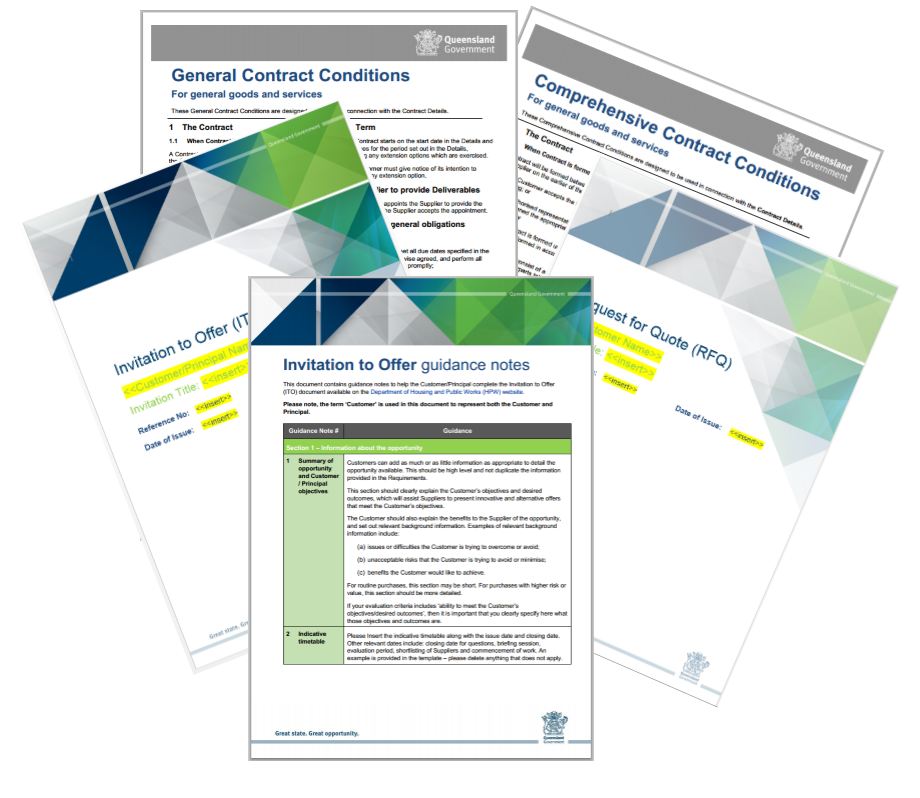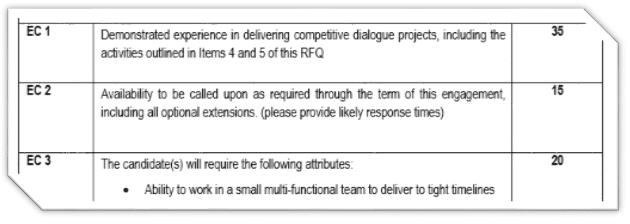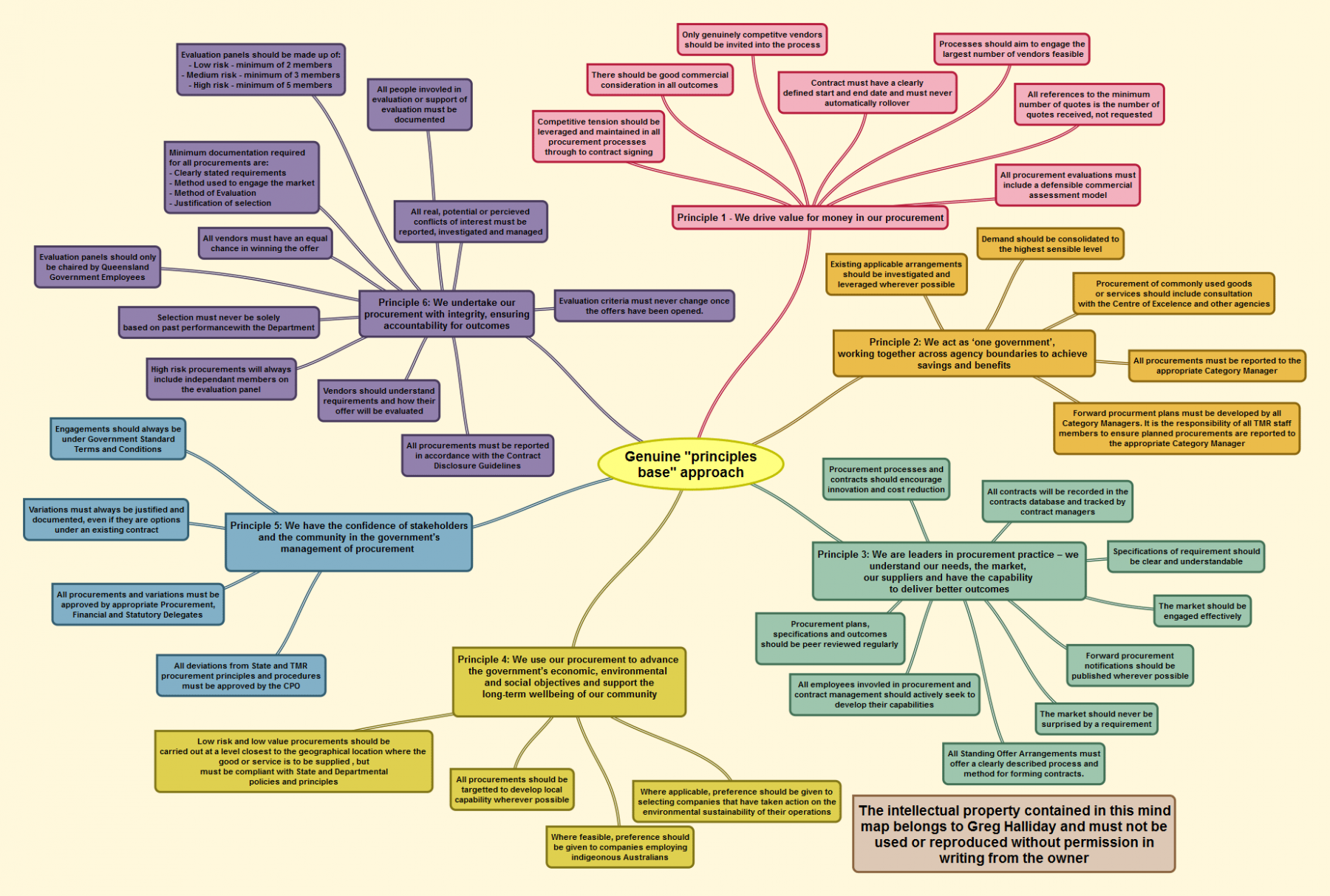Scalability of Interactive Procurement Processes
Interactive procurement processes open up the channels of communication between supplier and buyer. They enable both sides to get a better understanding of the requirements and the solution that allows better deals to be brokered, bigger pies to be baked if you like. They also allow the gap between what the customer thinks they are getting and what the supplier is able to give to be narrowed. But often these processes are seen as complex and expensive exercises that require extended periods to execute. What if they could be adapted to allow any size procurement benefit from improved communication between the buyer and the seller.










